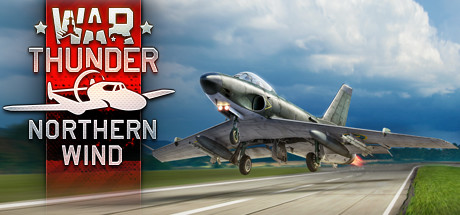
The ICV(P) is a state-of-the-art experimental infantry combat vehicle belonging to a family of new tactical wheeled vehicles developed by Mitsubishi for the JSDF.
Infantry Combat Vehicle ICV(P): A Light Tank for Japan at Rank VII
At a glance:
- Excellent mobility!
- Unmanned turret.
- Light protection.
- Rapid-firing 30mm cannon.
Vehicle History
[expand type=details]
In 2018, the Japanese Ministry of Defence initiated a program for the development of a common family of light vehicles which would replace some of the older vehicles in service since the late 1980s. Six vehicle variants were planned in total, one of which would be the Infantry Fighting Vehicle (ICV) variant. Mitsubishi, tasked with developing the vehicle, chose the chassis of the Type 16 MCV as a basis on which the next vehicle family would be developed. In 2020, the first prototype of the ICV was constructed. By this time however, the Patria AMV had won the tender for a promising new wheeled APC for the JSDF. As a result, the number of vehicles from the family which will later on be launched into production is expected to be reduced to just a few variants, including the ICV. In late September 2022, the ICV(P) was still undergoing testing.
[/expand]
Meet the ICV(P)!
The ICV(P) will be a new light combat vehicle joining the top ranks of the Japanese ground forces tree, coming to the game as one of the highlights of the Firebirds major update. Fans of the Type 87 and Type 89 may especially look forward to the arrival of the ICV(P) as it combines the best aspects of both vehicles in a new, highly mobile and just as deadly platform. Let’s take a closer look!

Although being a completely new vehicle, Japanese engineers used the proven platform of the Type 16 MCV as the basis for the ICV(P). As a result, the ICV(P) not only inherits some of the Type 16’s visual appearance, but also much of its performance specifications when it comes to mobility. Namely, being equipped with the same 570 HP diesel engine found on the Type 16 MCV ends up in the ICV(P) possessing excellent cross-country mobility while also being able to reach a top speed over 100 km/h. However, as with most wheeled vehicles, the ICV(P) will be pushed to its limits when faced with extremely harsh terrain types, such as deep mud or snow. So be careful on the battlefield and avoid these surfaces if possible so as to not impede the ICV(P)’s greatest advantage.
In terms of firepower, the ICV(P) truly strikes a balance between the Type 87 RCV and Type 89 which precede it. Being fitted with a 30 mm Bushmaster Mk. 44 autocannon, the ICV(P) can comfortably engage other lightly protected enemy vehicles at a distance while also posing a serious threat to even heavily armored MBTs at closer engagement distances thanks to its access to APFSDS rounds.


Unlike the Type 89 however, the ICV(P) doesn’t come equipped with integrated ATGM launchers, thus somewhat reducing its tactical flexibility and offensive capabilities somewhat. Nevertheless, playing to the ICV(P)’s strengths means utilizing the vehicle’s fantastic mobility and deadly autocannon to scout out targets for allies and neutralize threats on the flanks in the close proximity of the ICV(P) itself.

The ICV(P) will soon reinforce the top ranks of the Japanese ground forces tree in the Firebirds major update. That’s it for today’s devblog. While you’re waiting for the wonderful ICV(P) to arrive, stay tuned to the news to find out what else the upcoming update will bring with it. Until then, happy hunting tankers!
Please note that this vehicle’s characteristics may be changed before it is added to the game.
